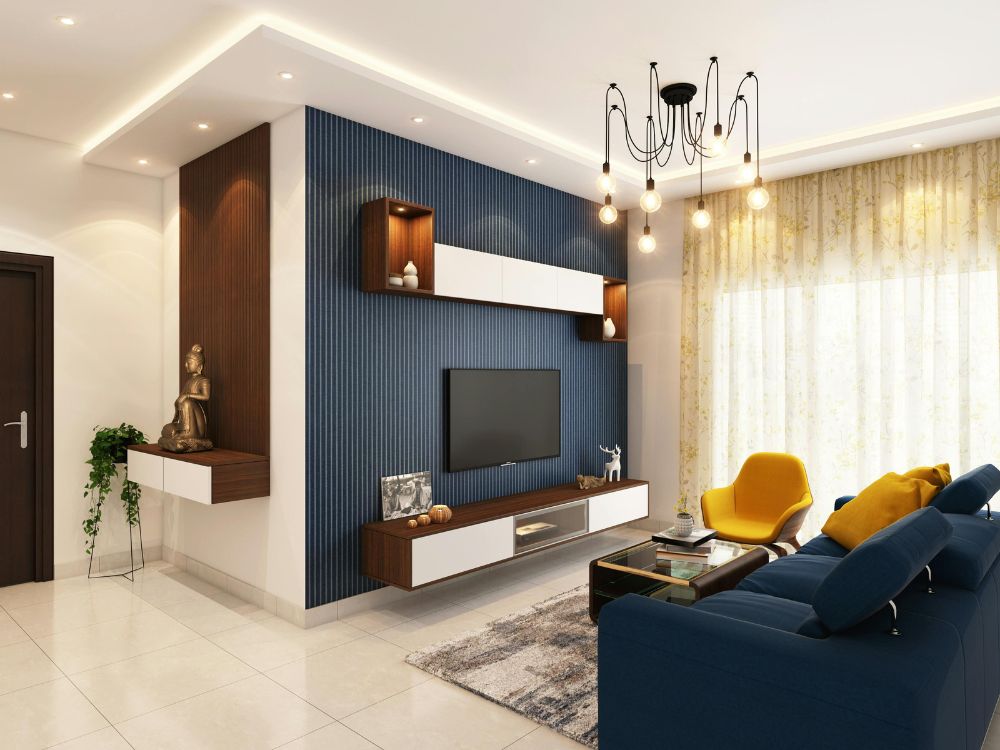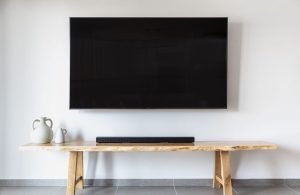Last Updated on October 30, 2025 by teamobn
Moving into a new home isn’t just a physical transition – it’s an emotional journey. You’re bringing a lot more than furniture and boxes; you’re carrying memories from your previous space.
While it can be bittersweet, every move is also an opportunity for a fresh start. One of the best ways to embrace this new chapter is to begin decorating as soon as possible.
Your home should reflect your personality, lifestyle, and comfort. Instead of feeling overwhelmed, approach this process with excitement. With the right planning and design choices, you can turn your house into a home that truly feels like yours.
Contents
Start with a Vision
Before you start unpacking and arranging furniture, take a moment to visualize your ideal home. Think about how you want each space to feel and function. Do you prefer a sleek, minimalist look, or are you drawn to warm, eclectic designs? Your personal style should be the foundation of your interior design choices.
Consider looking through home decor magazines, Pinterest boards, or Instagram accounts for inspiration. Having a clear vision will help you make cohesive choices when selecting furniture, color schemes, and decor elements.
Once you’ve set your vision and laid down the core elements — like a cohesive color palette, functional furniture, and lighting that flatters each room — the real magic happens in the details.
Thoughtful accents, layered textures, and a few well-chosen statement pieces can pull everything together and make the space feel intentional rather than improvised. If you’re ready to move beyond the basics, here’s a practical guide on how to add the perfect finishing touches to your apartment so your new home looks polished, personal, and complete.
Choosing Themes for Each Room
Each room in your home serves a different purpose, and its design should reflect that. Choosing a theme for each space can make decorating easier and more intentional. A cohesive theme helps create a harmonious flow throughout your home.
Once you’ve chosen themes, assess what you already own. Not every piece from your previous home will fit your new vision. Go through your furniture and decor to determine what to keep, what to sell, and what to donate. If you have valuable or fragile items, consider hiring interior design moving services. These professionals specialize in handling furniture and delicate decor with care, ensuring your items arrive safely and are placed correctly in your new space.
Prioritize Functionality Alongside Style
While aesthetics are important, your home should also be practical. Think about how you move through your home and how each space will be used. Your furniture should not only fit the room but also enhance its usability.
For example, if you have a small living room, opt for multi-purpose furniture like a storage ottoman or a coffee table with built-in shelving. If your kitchen is compact, consider wall-mounted racks for extra storage. Comfort should also be a priority. Invest in quality seating, supportive mattresses, and durable surfaces that can withstand daily wear and tear.
Avoid overcrowding rooms with too much furniture or unnecessary decor. A clutter-free space looks better and feels more open and inviting. By balancing style with practicality, you’ll create a home that is both visually appealing and easy to live in.
Make the Most of Natural Light
Lighting has a huge impact on how a room feels. Maximizing natural light can make your space feel larger, more welcoming, and more vibrant. If your home has large windows, light window treatments such as sheer curtains or blinds that let sunlight in while maintaining privacy are great choices.
Strategic placement of mirrors can also help reflect natural light and brighten up darker corners. Positioning a mirror across from a window allows it to bounce light around the room, creating an illusion of more space.
In areas where natural light is limited, layer different lighting sources. A combination of overhead lights, floor lamps, table lamps, and wall sconces can create a warm and balanced ambiance.
Play with Colors and Textures
Color has a powerful effect on mood and perception. The color palette that’s right for your home depends on your style and the theme you wish to give your entire home. Neutral tones like beige, gray, and white create a timeless and elegant backdrop, while bold colors like deep blue or emerald green can make a strong statement. If you’re hesitant about using bright colors on walls but feel that the home looks too dull, incorporate them through accent pieces like throw pillows, rugs, or artwork.
Textures add depth and interest to a space. Mixing different materials—such as wood, metal, glass, and fabric—creates a dynamic and visually appealing environment. Soft textures like velvet cushions or wool rugs can make a room feel cozy, while sleek materials like polished stone or glass add a modern touch.
Invest in Key Statement Pieces
Rather than filling your home with countless small decorative items, focus on a few key statement pieces that define your space. Statement pieces create a focal point in a room, drawing the eye and setting the tone for the rest of the decor.
For example, a bold, oversized painting in the living room can bring color and personality to an otherwise neutral space. A unique chandelier can add sophistication to a dining area. In the bedroom or office space, an upholstered headboard or a vintage armoire can become the star of the space.
When selecting statement pieces, consider quality over quantity. Investing in durable, high-quality items ensures longevity and prevents your home from feeling cluttered with trendy but disposable decor. Choose items that resonate with you and have lasting appeal rather than simply following design trends.
Bring Life to Your Space with Greenery
Plants do more than just add a decorative touch – they bring energy and freshness to a space. Adding greenery can improve air quality, reduce stress, and create a more inviting atmosphere. Whether you opt for large floor plants, small succulents, or a herb garden in the kitchen, greenery is a simple yet impactful addition.
Hanging planters or wall-mounted plant holders are great for maximizing greenery in smaller spaces without taking up valuable floor area.
Consider the aesthetic appeal of different planters and pots, as they can enhance the overall look of your space. Neutral ceramic pots create a modern feel, while woven baskets add a rustic touch. The key is to integrate plants naturally into your decor rather than treating them as an afterthought.
Personalize with Sentimental Décor
A house only feels like home when it showcases your personality and memories. While trendy decor can make a space look stylish, it’s the personal touches that bring warmth and authenticity. Incorporate sentimental items that hold meaning – framed family photos, travel souvenirs, handmade artwork, or heirloom pieces.
Don’t be afraid to mix old and new. A modern space can still include antique furniture or vintage accessories. The contrast between contemporary and sentimental pieces often adds character and uniqueness to a home.
Decorating your new home is an exciting journey that allows you to create a space that feels uniquely yours. The key is to approach the process with thoughtfulness and creativity rather than rushing to fill the space. With time and intentionality, your home will become a reflection of your style, personality, and experiences, making it a place where you truly feel comfortable and inspired.






